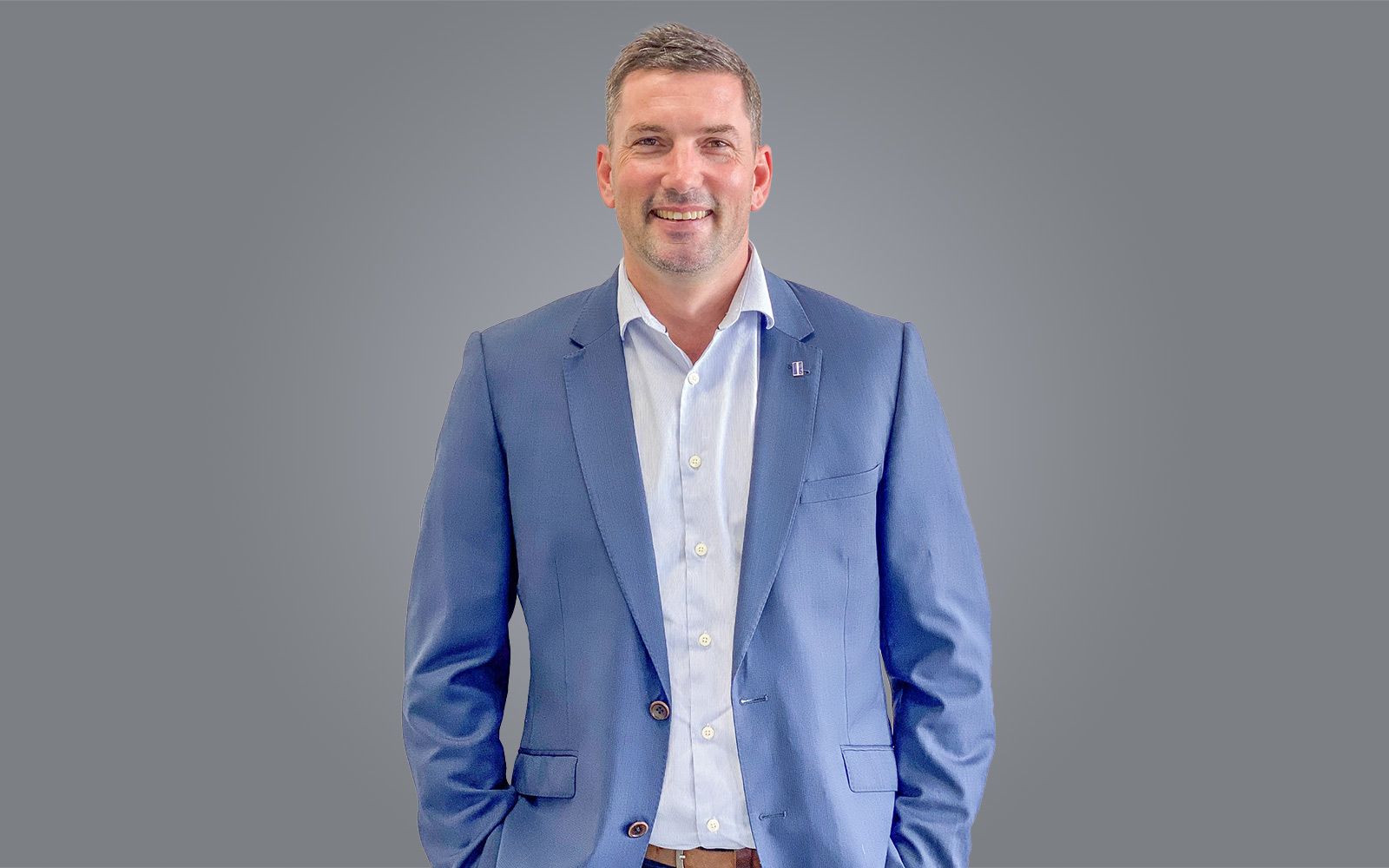Top tips for energy approvals, minus the delays
1 | Engage regulatory bodies early
Building relationships with relevant regulatory agencies at the federal, state, and local level can facilitate a smoother process. As each site has different challenges, early discussions with these agencies can help you clarify the key issues that they see as most important, identify potential bottlenecks in the assessment process, and establish open communication channels. By understanding what regulators care about before submitting a formal application, concerns can be addressed, unnecessary questions avoided, and opportunities for expedited review captured.
2 | Plan your approach to planning
All projects should begin with a thorough front-end analysis of all environmental and regulatory requirements. This includes identifying potential constraints related to environmental impact, community interests, layers of regulation, and competition for land access and connection rights. Understanding and addressing these early can reduce delays later in the process, when circling back and making adjustments will be more costly and time-consuming.
From there, it's important to ensure environmental assessments (EAs) are clear, thorough, and supported by accurate data. The core principle must always be making it "approvable". It pays to engage an experienced environmental consultant who understands the specific requirements of all federal, state and local legislation that might apply. The right consultant will manage the process end-to-end and help you minimise any post-submission requests for information from regulators, which will only slow down the path to approval.
Another important consideration is the timing of environmental surveys. Most will need to be completed across multiple seasons, and we often see applications held up as a survey window has been missed. Your environmental planning team can support you to align your EIA investigations and regulatory/development submission programs in the most time-efficient way, reducing your risk of approval delays.
3 | Develop strong stakeholder engagement plans
Effective and early stakeholder engagement can reduce community opposition and uncover issues that could delay approvals. Proactively engaging local communities, First Nations groups, environmental organisations, and other key stakeholders can mitigate opposition and build project support. Discover more social licence tips and ideas here.
4 | Lean into technology for efficient data collection
Leveraging advanced surveying tools like Aerial LiDAR, photogrammetry, and drone surveys can help collect high-resolution data quickly, accurately and safely. Using these technologies for environmental and geographical assessments can reduce survey times, improve data quality, and ensure faster preparation of planning documents.
5 | Be flexible about planning and design
Approvals can be delayed when rigid project designs face environmental or community concerns. Building flexibility into project plans allows for adjustment based on regulatory feedback, helping to avoid the need for redesign work mid-approval. Breaking projects down into smaller, independently approvable phases is another option that can support approvals and financials. The right approach to phasing can allow certain parts of a project to begin while other sections are still under design, development or planning review. This is especially beneficial for large-scale, complex, or hybrid projects.
6 | Stay up-to-date on regulatory changes
Australia's energy regulation is evolving rapidly. Staying informed on policy changes, environmental standards, and emerging technologies can help avoid surprises during the approval process. A good planning consultant can help you anticipate and proactively prepare for regulatory changes that might cause rework or delays.

















